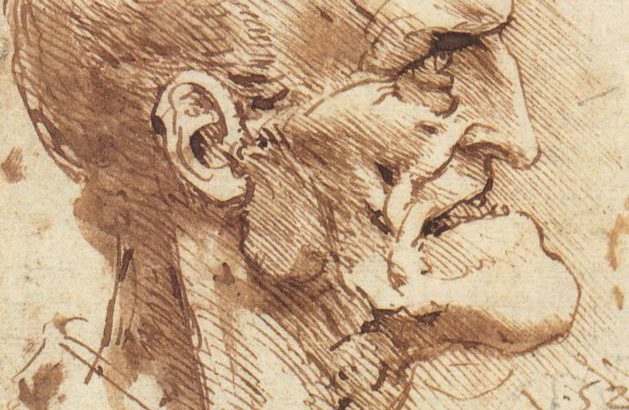Many years ago, we of Mr Adie’s group published for ourselves a small pamphlet titled From Meetings with Mr Adie. I was perusing it the other day, and I found that almost but not quite all of the contents had been included in the book George Adie: A Gurdjieff Pupil in Australia. The two missing pieces are quite good, so I shall set them out here. The first is from a combined meeting, when, off the cuff, Mr Adie spoke about aim. It has the roughness of extempore speech, but that doesn’t matter. In fact, it catches something of his tone, all the more vividly. This is exactly what he said:
“You know, the longer we have been here, my aim and my presence should be drawing closer together. One should call the other. My aim should call me. Every recollection of aim should bring me. And my presence should remind me of my aim. You see, how can I consent to live without an aim? Continue to be a purposeless nothing? How many attractions … but these are all bonds, these are identifications. How can I live without an aim, without a purpose – a purpose; that is, a purpose in my being?”
“Then, how can I have an aim if I am not there? I have to be there, otherwise nothing. And already from what we have been trying, we know that normally we are very little there – there’s very little central balance or discrimination. We are swayed here, there, and yet we think we are strong and powerful. It’s accidental, it’s all automatic, there’s no choice.”
“I experienced very often, not so much now, but for some years I experienced a certain difficulty about aim. Sometimes it had meaning and at other times it was a theoretical thing. The need for an aim – a far off thing. But, somehow, I need to put my hands on aim. It’s in this sense that I mean our presence and our aim should be calling each other, because without aim nothing has any meaning – there is no meaning. There is no reality without aim – there cannot be.”
The second is a small excerpt from another combined meeting, when he spoke, briefly, about some of Leonardo’s drawings:
“I don’t know how many of you have looked at the book of Leonardo da Vinci’s paintings and drawings. We’re got a very fine book where he’s drawn hundreds of sketches, drawings, pencil drawings of old men, toothless men, old bearded fellows, old fellows like me.”
“You know, he couldn’t have drawn them without being able to feel what it’s like without a tooth in your head, having your nose touching your chin and wrinkles everywhere … all that’s possible.”
“What we ought to be able to do is just to try and have a feeling of ourselves in the same way, as if we were a real artist and could really do a self-portrait … all the different characteristics and different moods he’d do. He had the experience of that and we need to see, what Mr Gurdjieff would call your “facade”.
I will just close with one comment about aim, because re-reading this piece helped me to see that although I already had both a short- and a long-term aim, both of which Mr Adie approved, it has still been useful to, form time to time, re-examine the question. I have never been able to improve on those two aims. But I did see, quite recently, that in order to reach or even to approach the short-term aim, I need another aim too. I don’t think it right to go into personal details, but my short-term aim is to touch something positive. I think I need with it something negative – to avoid X. Just a thought. It might be useful.
Joseph Azize, 14 August 2018
